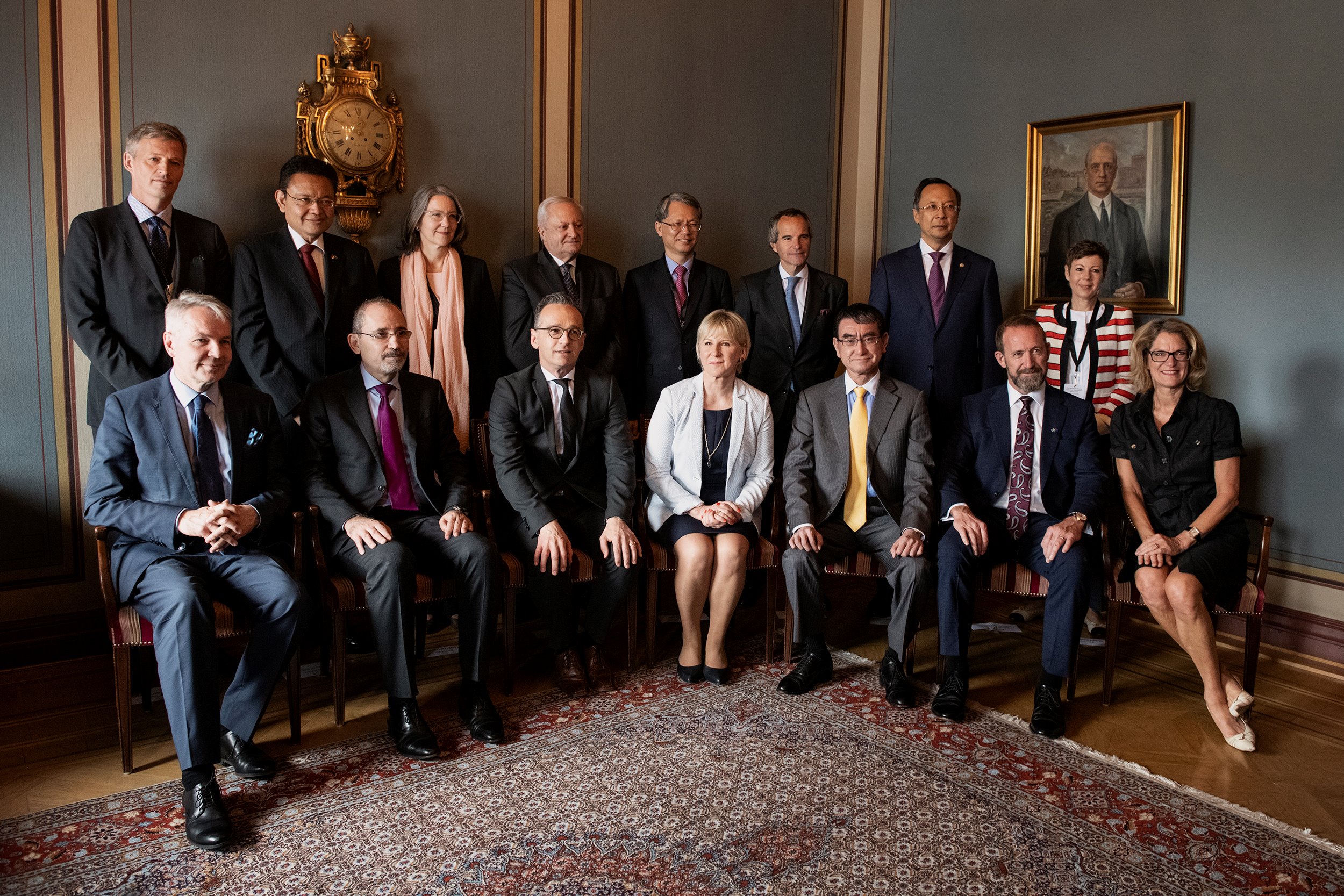Nonproliferation Expert Highlights Need for New Tools for Nuclear Nonproliferation and Verification
January 12,2015, nonproliferation expert Dr. James Doyle is releasing a report making the case for expansion of the nation’s nonproliferation programs, and will brief key congressional staff on his findings. While in Washington DC, Dr. Doyle is also meeting with the Department of Energy on his contractor employee protection (AKA whistleblower) program complaint regarding his termination from the Los Alamos National Laboratory (LANL). The Lab claims he was merely laid off, after he wrote his study Why Eliminate Nuclear Weapons? arguing for abolition. LANL initially cleared his study for release, but then retroactively classified it, despite the fact that it was already available on the Internet.
Dr. Doyle’s new study, Essential Capabilities Needed for Nuclear Security: A National Program for Nonproliferation and Verification Technology Development, builds upon his earlier study. In this new study, written in collaboration with Nuclear Watch New Mexico, Doyle seeks to encourage development and/or deployment of new and existing verification and monitoring technologies that would help make a future world free of nuclear weapons more technically and politically feasible.
Doyle observed, “Nonproliferation and arms verification have for too long been considered “soft power” tools of the diplomatic and arms control communities. Real nuclear security requires that we now consider these capabilities as vital elements of our national security infrastructure. They are potent “smart power” tools offering unique advantages in a rapidly evolving nuclear security environment, which unfortunately includes the threat of nuclear terrorism. Aggressive verification and monitoring technologies will produce a far greater national security return on the taxpayer dollar than will exorbitant “modernization” programs for an unnecessarily oversized nuclear arsenal.”
He continued, “As America allegedly reduces its reliance on nuclear weapons and hopefully further reduces the size of its stockpile, it needs new tools and new capabilities to keep weapons and materials secure and verify that other nations are complying with similar obligations. To meet these needs a new, integrated multiagency program to develop nonproliferation, verification and monitoring technologies for nuclear security should be initiated without delay.”
Some key findings of Doyle’s new report are:
• The program to develop new nonproliferation, verification and monitoring technologies should be funded as a core aspect of the nation’s nuclear infrastructure modernization plan, and thus implemented jointly by the National Nuclear Security Administration and the Department of Defense, with guidance from the State Department, intelligence community and National Academy of Sciences.
• Responsibility for this interagency mission should be assigned to high-level officials who have budget and program authority across the nuclear weapons and nonproliferation programs within the Departments of Defense and NNSA. The State Department should assign a senior task force leader to coordinate with the DoD and NNSA program directors.
• The program should maximize international collaboration, including Russia. Program plans and activities should be a central element of the P-5 dialogue on verification. Other non-nuclear weapons states that support verification and monitoring R&D should also be involved.
· The need for this program was formally codified as an explicit objective in the Obama Administration’s 2010 Nuclear Posture Review, and has been repeatedly articulated by both the U.S. government and independent assessments. That need should be met now. Failure in the form of a nuclear detonation on American soil (or anywhere) is not an option
Jay Coghlan, Nuclear Watch Director, commented, “The nuclear weapons establishment is planning to spend more than a trillion dollars to “modernize” existing weapons, and build new missiles, subs and bombers. Meanwhile, the NNSA is cutting nonproliferation and dismantlement programs to help pay this colossal bill. This is exactly upside down. We should be making smart investments into new nonproliferation, verification and monitoring technologies that will help make a world free of nuclear weapons feasible, eliminating the threat for all time.”
Dr. James Doyle’s report is made possible by the support of the Ploughshares Fund.
His full report, Essential Capabilities Needed for Nuclear Security:
A National Program for Nonproliferation and Verification Technology Development, is available here.
It contains an extensive list of already developed verification and monitoring technologies that have yet to be broadly deployed to help protect the nation.
An executive summary is available here.
Doyle’s February 2013 study Why Eliminate Nuclear Weapons? is available here.


